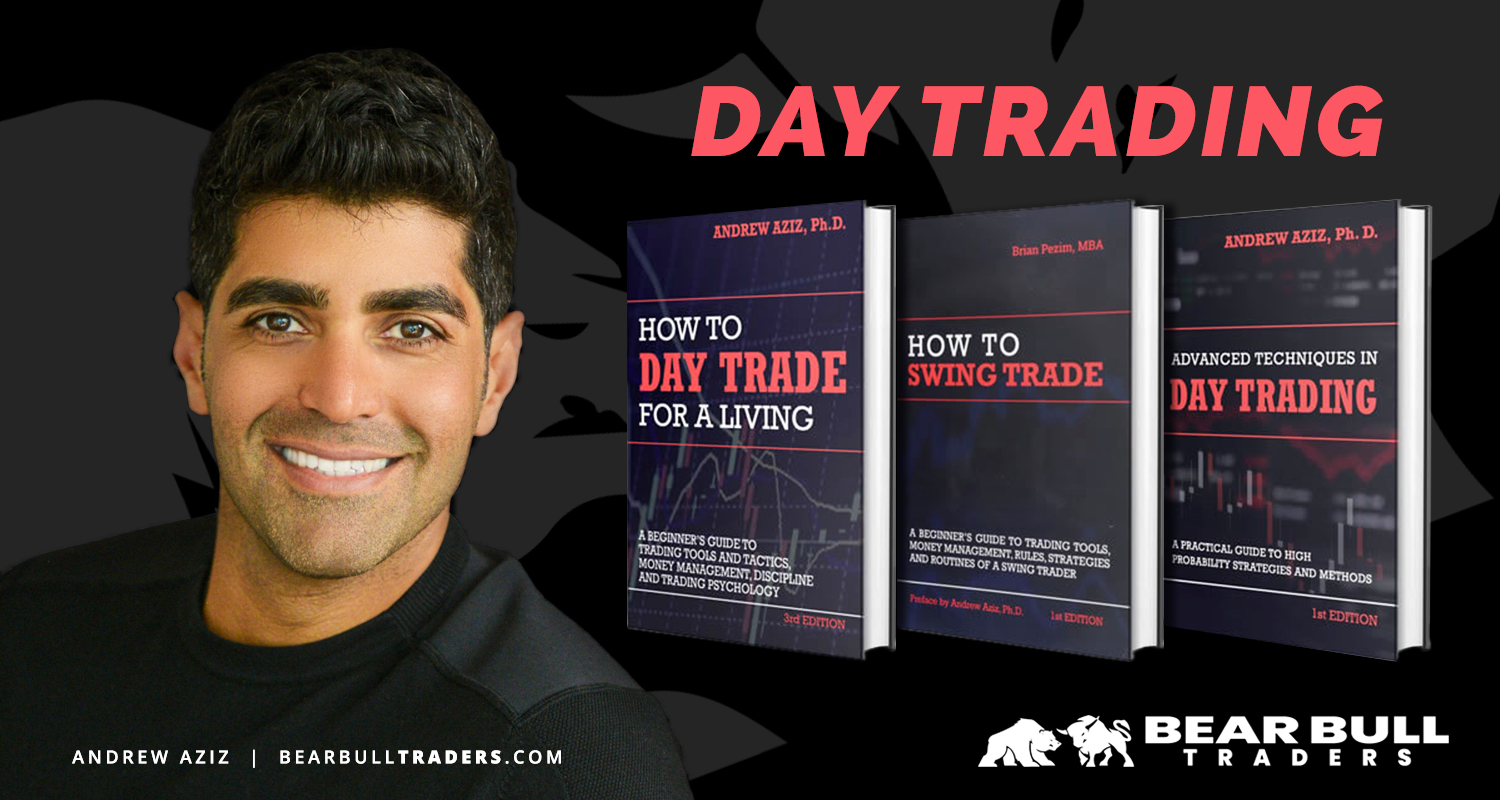Options Day Trading for Beginners: The Extreme Guidelines for 2021
Day Trading 2021: Top 3 Options for Beginners
As with any profession, once a new candidate begins to hone their respective craft, they begin to look at different tools in order to perform the same tasks more effectively, safely, and with greater results.
The journey is similar to Day Traders: as a person refines their Trading Edge, they may seek other market tools in order to expand their capabilities as traders. One such tool comes in the form of Options.
Starting to trade using Options is similar to starting to trade using the actual stock: you need to understand the fundamentals in order to be successful. Without a core understanding of aspects like Bid/Ask Spread and Volume for particular Strikes, Buying vs Selling Options, and When to Use Different Strategies based on the Greeks, you will increase the likelihood of struggling for success and incurring larger than expected losses or smaller than desired wins.
Once you have a solid foundation, a good first strategy is Buying a Call (Debit Call) for a Bullish Strategy. The criteria for a Long Setup should come from experience as a Day Trader; however, depending on the type of Trader and expectation for the Setup, different possible Option Strikes can provide better overall results.

First, check the Option Chain to see which Date to Expiration (DTE) Series are available to choose. For a Day Trade, a closer DTE Series will ensure the cost per contract is reduced (not paying for time value), so long as it’s not expiring the same day. This allows for a Trending Day Trade to turn into a Swing Trade (if desired) and reduces some of the Theta Decay present in very close to expiration contracts. Next, check the Bid/Ask Spread for contracts near the At The Money (ATM) Strike. You want to ensure they are not wide relative to the cost of the contracts and to check they are not over 25% the size of your risk tolerance. This will help prevent slippage and allow you to purchase more than one contract if your risk allows for a larger position.
Once you’re confident in the Option Series not having liquidity or significant Extrinsic Value risks, the next step is choosing which Strike to use.
Different strikes provide different advantages and disadvantages based on your criteria for entries, stop loss, and partialing.
Strikes that are Out of the Money (OTM) provide additional leverage and may allow for more contracts to be purchased, but they suffer from lower Delta per dollar move in the underlying. Strikes that are In the Money (ITM) offer more Delta Exposure for directional moves, but are inherently more expensive per contract as Intrinsic Value is part of the cost. There usually is no one size fits all answer; you want to refine the choice based on the expectation of the setup and strategy. For example, a slower Trending Move will benefit more from deeper ITM contracts as you will have high Delta exposure and lower Extrinsic Value Decay from Theta. A faster Momentum Move won’t have much Time Exposure from the trade, so OTM or ATM contracts may be preferred as they will expand faster in premium relative to their initial cost as they get more ITM.
Another way to Day Trade is to sell options and buy them back at a lower cost. The strategy uses Time/Theta and Volatility/Vega to our advantage as much as possible. By choosing a Short DTE with potentially elevated Volatility in the Series (e.g. Day After Earnings tends to have Volatility elevated early and reduced over the day), a . You would be selling either Straight Calls/Puts or Potentially other Spreads, such as Verticals, depending on your risk tolerance and ability to reserve enough margin for the trade. The same criteria will apply to Buying a Call/Put; however, we are using more Greeks in our favor as Theta will help reduce the cost of the position and Vega can be reduced if elevated initially. One stipulation is that you understand Assignment Risk when selling Short DTE options that go ITM; depending on the remaining Extrinsic Value, you can be Assigned and will need to have protection against this risk (Verticals and other Spreads reduce this risk).




